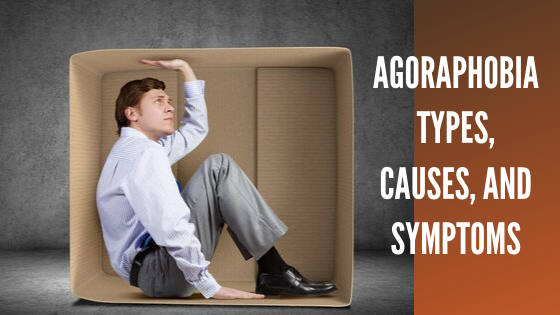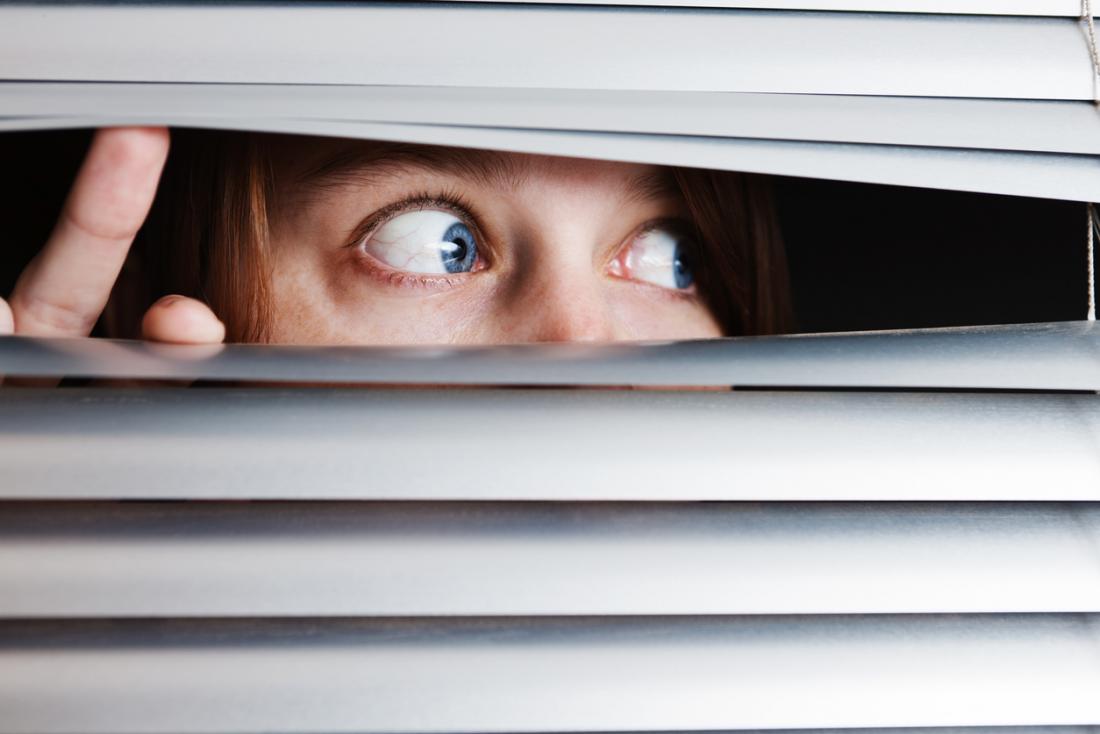
What Is Agoraphobia?
Agoraphobia is a type of anxiety disorder that causes people to avoid places and situations that might cause them to feel:
- trapped
- helpless
- panicked
- embarrassed
- scared
People with agoraphobia often have symptoms of a panic attack, such as a rapid heartbeat and nausea, when they find themselves in a stressful situation. They may also experience these symptoms before they even enter the situation they dread. In some cases, the condition can be so severe that people avoid doing daily activities, such as going to the bank or grocery store, and stay inside their homes most of the day.

The National Institute of Mental Health (NIMH) estimates that 0.8 percent of American adults have agoraphobia. About 40 percent of cases are considered severe. When the condition is more advanced, agoraphobia can be very disabling. People with agoraphobia often realize their fear is irrational, but they’re unable to do anything about it. This can interfere with their personal relationships and performance at work or school.
If you suspect you have agoraphobia, it’s important to receive treatment as soon as possible. Treatment can help you manage your symptoms and improve your quality of life. Depending on the severity of your condition, treatment may consist of therapy, medications, and lifestyle remedies.
What Are the Symptoms of Agoraphobia?
People with agoraphobia are typically:
- afraid of leaving their home for extended periods of time
- afraid of being alone in the social situation
- afraid of losing control in a public place
- afraid of being in places where it would be difficult to escape, such as a car or elevator
- detached or estranged from others
- anxious or agitated
Agoraphobia often coincides with panic attacks. Panic attacks are a series of symptoms that sometimes occur in people with anxiety and other mental health disorders. Panic attacks can include a wide range of severe physical symptoms, such as:
- chest pain
- a racing heart
- shortness of breath
- dizziness
- trembling
- choking
- sweating
- hot flashes
- chills
- nausea
- diarrhea
- numbness
- tingling sensations

People with agoraphobia may experience panic attacks whenever they enter a stressful or uncomfortable situation, which further enhances their fear of being in an uncomfortable situation.
What Causes Agoraphobia?
The exact cause of agoraphobia isn’t known. However, there are several factors that are known to increase your risk of developing agoraphobia. These include having:
- depression
- other phobias, such as claustrophobia and social phobia
- another type of anxiety disorder, such as generalized anxiety disorder or obsessive compulsive disorder
- a history of physical or sexual abuse
- a substance abuse problem
- a family history of agoraphobia
Agoraphobia is also more common in women than in men. It usually begins in young adulthood, with 20 years being the average age of onset. However, symptoms of the condition can emerge at any age.
How Is Agoraphobia Diagnosed?
Agoraphobia is diagnosed based on symptoms and signs. Your doctor will ask you about your symptoms, including when they started and how often you experience them. They’ll ask questions related to your medical history and family history as well. They may also perform blood tests to help rule out physical causes for your symptoms.
In order to be diagnosed with agoraphobia, your symptoms need to meet certain criteria listed in the American Psychiatric Association’s Diagnostic and Statistical Manual of Mental Disorders (DSM). The DSM is a manual often used by healthcare providers to diagnose mental health conditions.
You must feel intense fear or anxiety in two of more of the following situations to be diagnosed with agoraphobia:
- using public transportation, such as a train or bus
- being in open spaces, such as a store or parking lot
- being in enclosed spaces, such as an elevator or car
- being in a crowd
- being away from home alone
There are additional criteria for a diagnosis of panic disorder with agoraphobia. You must have recurrent panic attacks, and at least one panic attack must have been followed by:
- a fear of having more panic attacks
- a fear of the consequences of panic attacks, such as having a heart attack or losing control
- a change in your behavior as a result of the panic attacks
You won’t be diagnosed with agoraphobia if your symptoms are caused by another illness. They also can’t be caused by substance abuse or another disorder.
Leave a reply










Leave a reply